Hi There!
I'm Quiana adams
I am a food photographer and stylist, recipe developer, and educator, providing professional services for brands and insightful education for hobbyists and aspiring food photographers alike.
Recipes
Resources
Guides
categories
find me on Instagram
props i love
visit the prop shop
No photoshoot is complete without the right props.
looking for coaching?
BOOK now
Napkin Styling 101 For Food Photographers
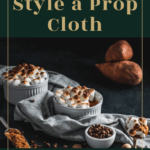
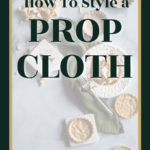
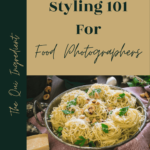
How to Style The Blasted Prop Cloth
As we learn food photography, it’s fun to experiment with many food photography techniques, choose different food photo backgrounds, food photo props, and photograph recipes. You may want to include napkins or prop cloths into your food scenes and flat lay photography during this discovery process. Napkins add texture, dimension, and color in food photography.
We’ve all been there. Trying to get a shoot ready, and when it comes down to the prop cloth, there’s nothing but frustration. We spend too much time trying to style the prop cloth. It just takes up a lot of styling time, and it gets really frustrating. In today’s post, I’m going to show you how to style a prop cloth.
What Is A Prop Cloth?
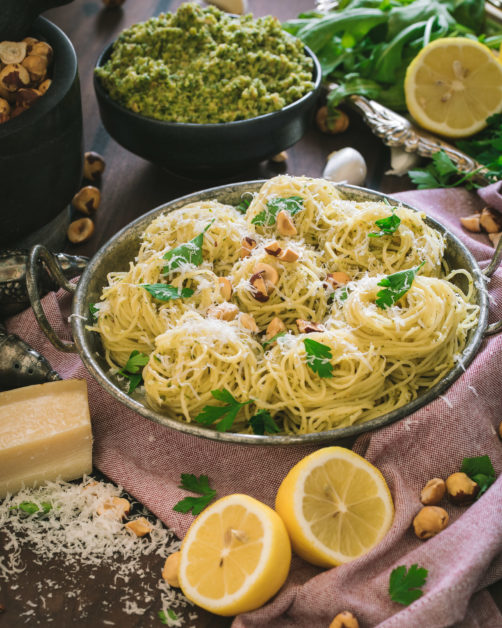
A prop cloth is a decorative material that we can use to add visual interest to any photoshoot.
Why Do We Use A Prop Cloth?
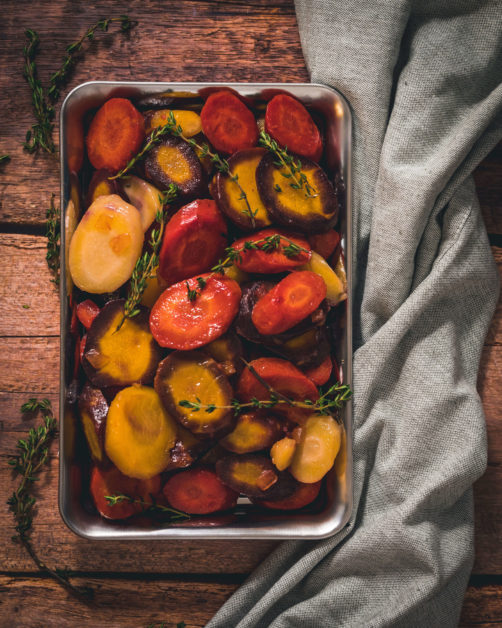
There are a number of reasons why prop cloths are really fun and great to use in any shoot. We use prop cloth to add visual interest, pops of colors, texture, and depth to an image. Overall, a prop cloth can add visual appeal to any photoshoot.
When Do We Use A Prop Cloth?
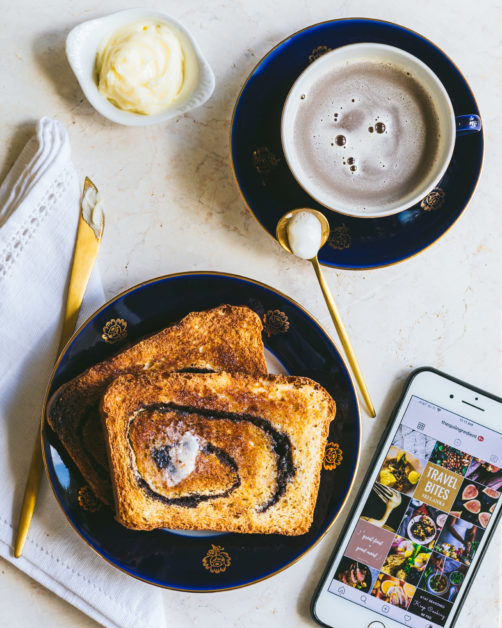
You can use a prop cloth in the same way that you would use a dish towel or napkin in everyday life, but, in this case, you are styling it to tell a story.
Where Do We Use A Prop Cloth?
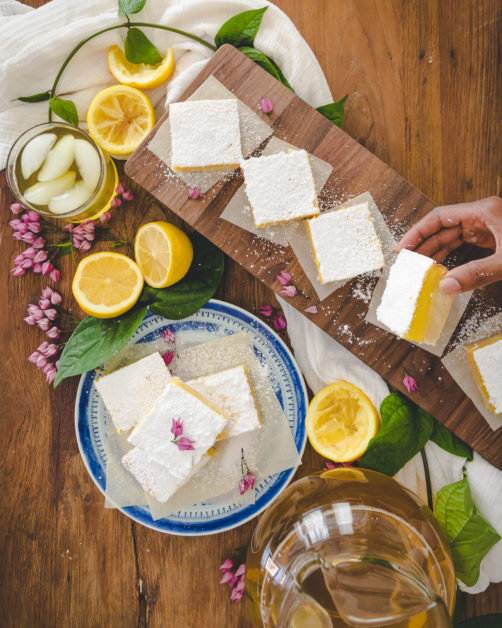
We use a prop cloth anytime we want to tell a story or lead the eye in a direction while we are shooting. Like a napkin or dish towel, you can place a prop cloth next to your dishes, props, or subjects. You can place cutlery or glasses on your prop cloth. Because they are easily manipulated, you can lead the eye using a prop cloth in certain directions.
The Struggle With Using A Prop Cloth?
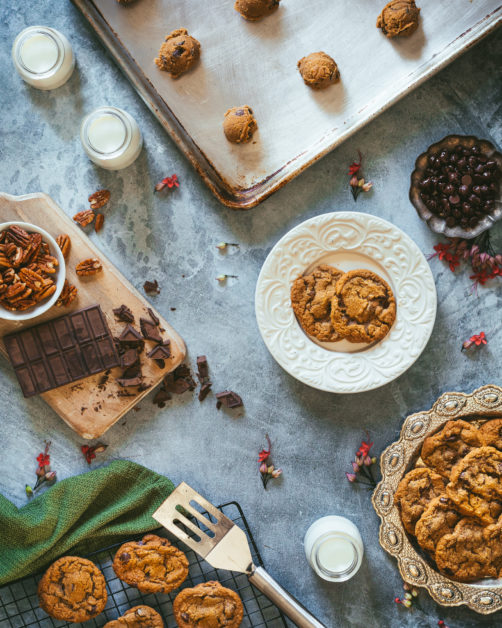
The struggle with prop cloths is universal. They are often hard to style. They can be bulky if you don’t have the right material. But there are fixes to this, and in this post, I’m going to tell you what they are.
Top 5 Materials For Prop Cloth Styling
When selecting a prop cloth, the material is key. These are the top five materials that I like to use when I style my shoots.
1. Gauze
Gauze is a lightweight stretching material. It can be translucent. I love how it can flex, bend, and go in whatever direction that you choose. This is one of my favorite fabrics for napkin styling. It’s great for bunching because it’s not too bulky. It’s nice and thin, and you can do a lot with it. Gauze should be your top choice when you are shopping for prop cloths.
2. Cotton Polyester Blend
Next, we have a cotton polyester blend. This fabric is a little bit thicker, but it also adds a nice texture. When you are shooting something, and you have other textures, but you want to bring out something that’s a little rougher or more textured to add more visual interest, I like this coarse material. It’s a thicker fabric altogether.
3. Pure Cotton
I have a 100% cotton dishtowel. When I first bought it, it was as stiff as a board, so it was so not workable. If you buy cotton prop cloths, just know that you are going to have to wash them a few times so that it becomes pliable. When you are working with this, it’s a lot bulkier. If you’re doing something where you have a heavy cast iron pan or something that can support or push it down.
4. Linen
I love working with linen. It’s such a nice mix of the cotton and feel of the gauze type. It has structure, but you can still push it together and manipulate it. This material can be made angular. This is a really great fabric to work with. It’s thin, but not entirely sheer and it can iron out very well. It is super pliable, and it holds its structure really well.
5. Cheesecloth
Cheesecloth is extremely sheer. I love working with this. In my setups, sometimes I just use a couple of these or one long piece. It is a very delicate material, so if that is what you are going for in your styling, definitely get some cheesecloth. You can buy cheesecloth at the store, but the strings go everywhere. You want to get something that has a finished edge if possible.
Size Is Important When Choosing A Prop Cloth
The more sizes that you have, you will have more options when styling different objects. 18×18 is a great size for general styling, dish towels are great if you’re looking for length, and cheesecloth is great for small and large setups.
Selecting The Right Color
When selecting the right color for your prop cloth, make sure to take a look at your props, dishes, backgrounds, and anything else that you have in your inventory. This will help you to make decisions on what colors to buy. One tip that I have is to get a series of both monochromatic and complementary colors when you are purchasing your prop cloths. This is going to help you in the long run and give you more variety in terms of how you style your photos.
Ordering The Right Prop Cloth
When you’re on the hunt for the perfect prop cloth or styling napkin, I would start with Etsy.
Ordering Hacks
Before you go crazy and order everything, there are a couple of ordering hacks that I want to clue you in on that are going to save you time and money.
Order Samples
My first ordering hack is to order sample sizes. Usually, shops will give you their whole inventory of swatches so you can see. Sample sizes can be used in your setups to see how they work with props and they are relatively inexpensive. If you wanted to, you could order a bunch of these and have multiple colors. If you know what colors are going to work well for your particular setup and your inventory, you can test it with the sample size and then order the larger size later on.
Order By The Yard
Ordering by the yard is a great way to get exactly what you want. I went on Etsy and found a few linen shops because I know that is a material that I really like. I ordered a few sample sizes first and then I ordered a few yards on my favorite colors. I have a friend who finished the edge for me so the edge doesn’t fray.
Communicate With The Seller
If you communicate with some of the sellers on Etsy, they will probably be able to cut custom sizes for you. If there is a particular size that you need or want, they might not be able to finish the edges for you, but they might be willing to do something custom.
Prop Cloth Styling Techniques
Now I’m going to take you through a few of my prop cloth styling techniques.
The “S” Curve
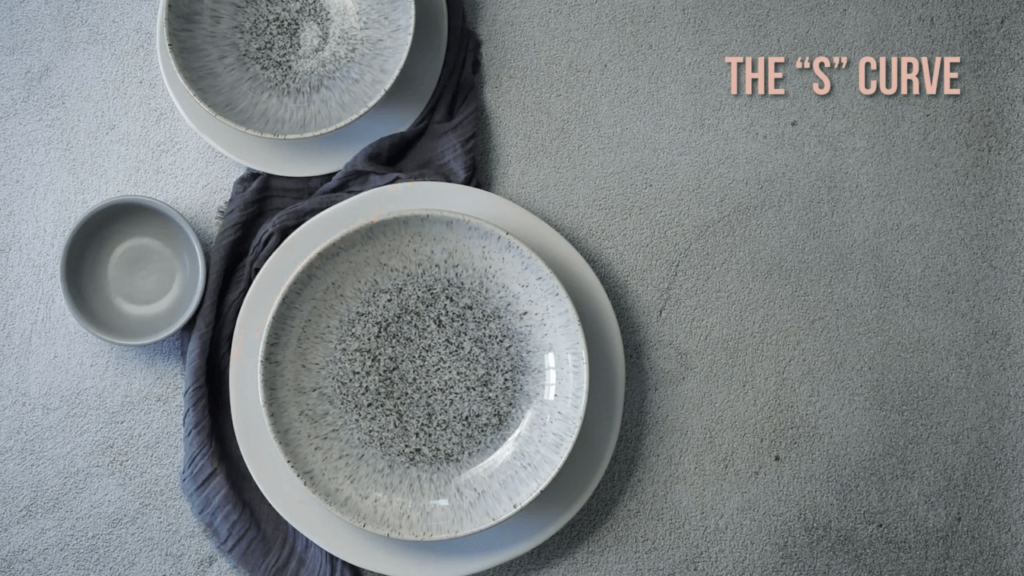
You need a pliable cloth for this. I recommend gauze or linen. If you are using cotton, make sure that it is well worn and well washed otherwise it will be stiff.
Bunching
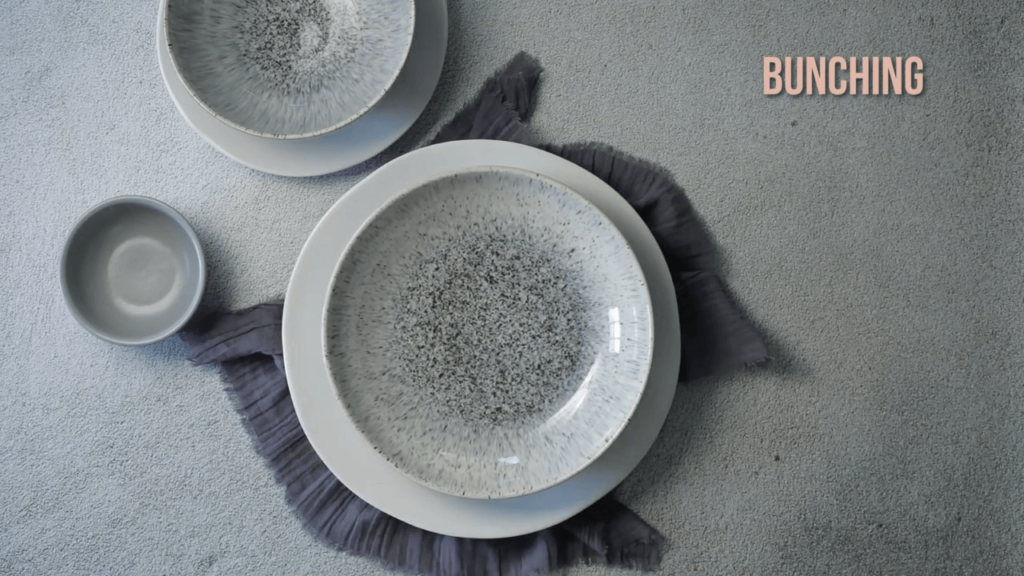
Bunching is done exactly as the name sounds. You take a prop cloth and bunch it up while keeping a few corners sticking out. It also helps to use a lightweight cloth when bunching so you can move it any way you want.
The Triangle
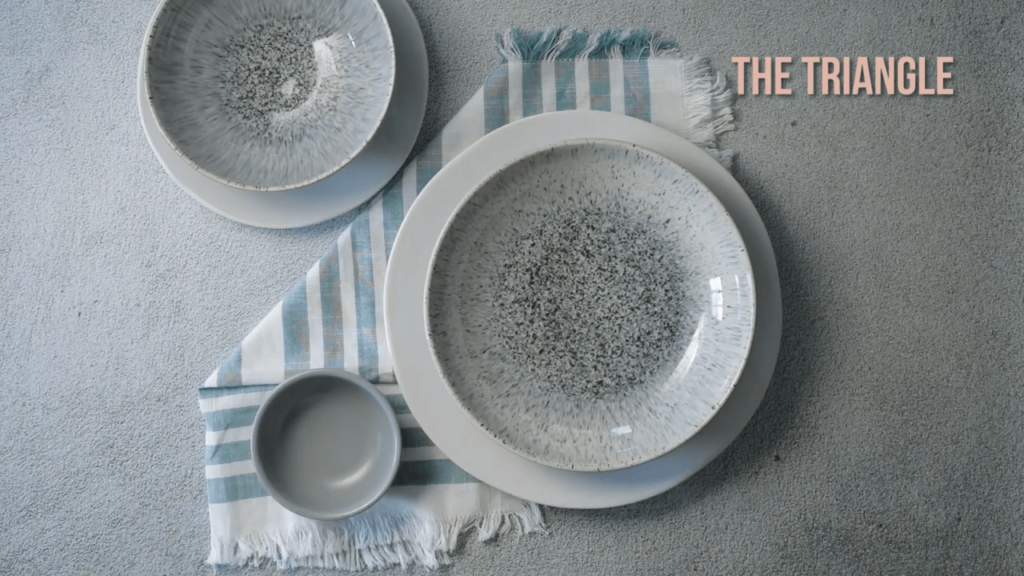
When you’re working with triangles, it’s okay to have a stiffer cloth.
The Straight Line
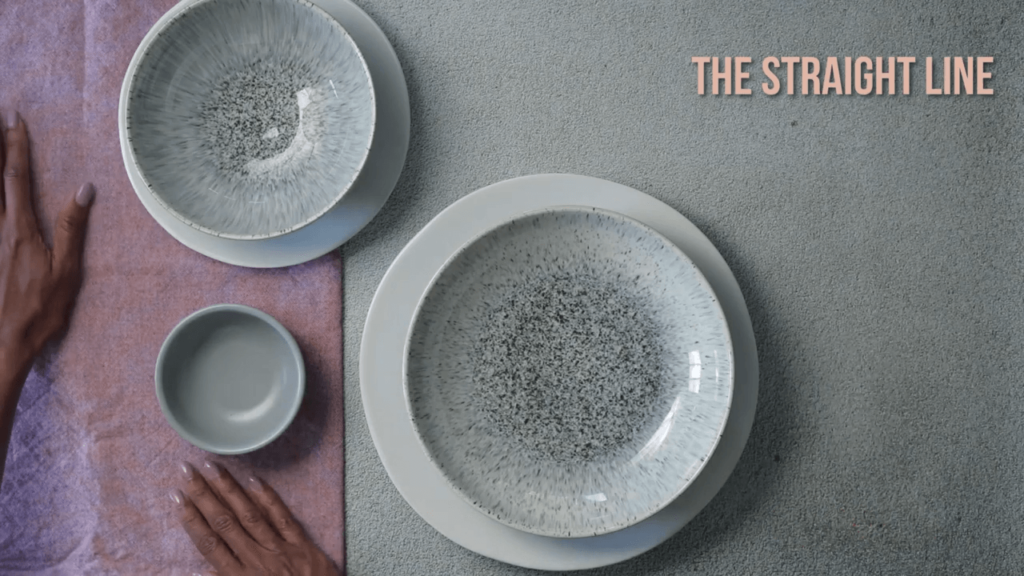
The straight-line offers a nice pop of visual interest. You get some texture from the prop cloth itself, which gives a well-rounded image.
Save To Pinterest
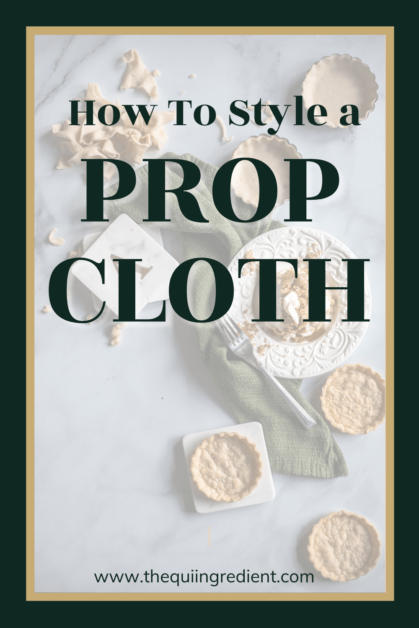
Leave a Reply Cancel reply
You must be logged in to post a comment.
Done-For-You Seasonal Content Delivered To Your Inbox
Join The Qui Ingredient community to receive drag and drop content ideas planning tools and new backdrop releases.
find me on instagram - @thequiingredient
Menu
Homepage
About Quiana
work with me
subscribe to the newsletter
Copyright © The Qui Ingredient
Designed by Gillian Sarah
terms & Conditions
site notice
I am a food photographer, educator, and recipe developer, sharing my passion for bringing flavor to life through stunning visuals.
Hey there,
Privacy Policy
Disclaimer
read the blog